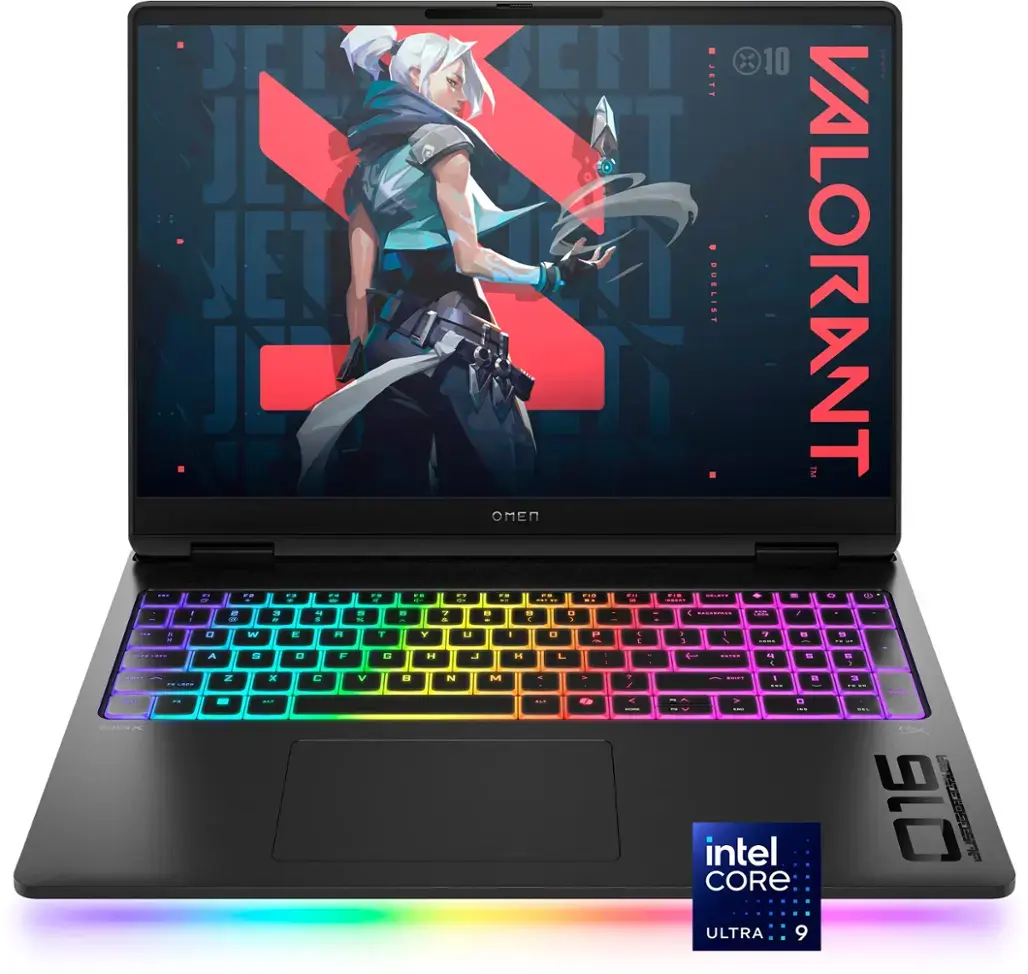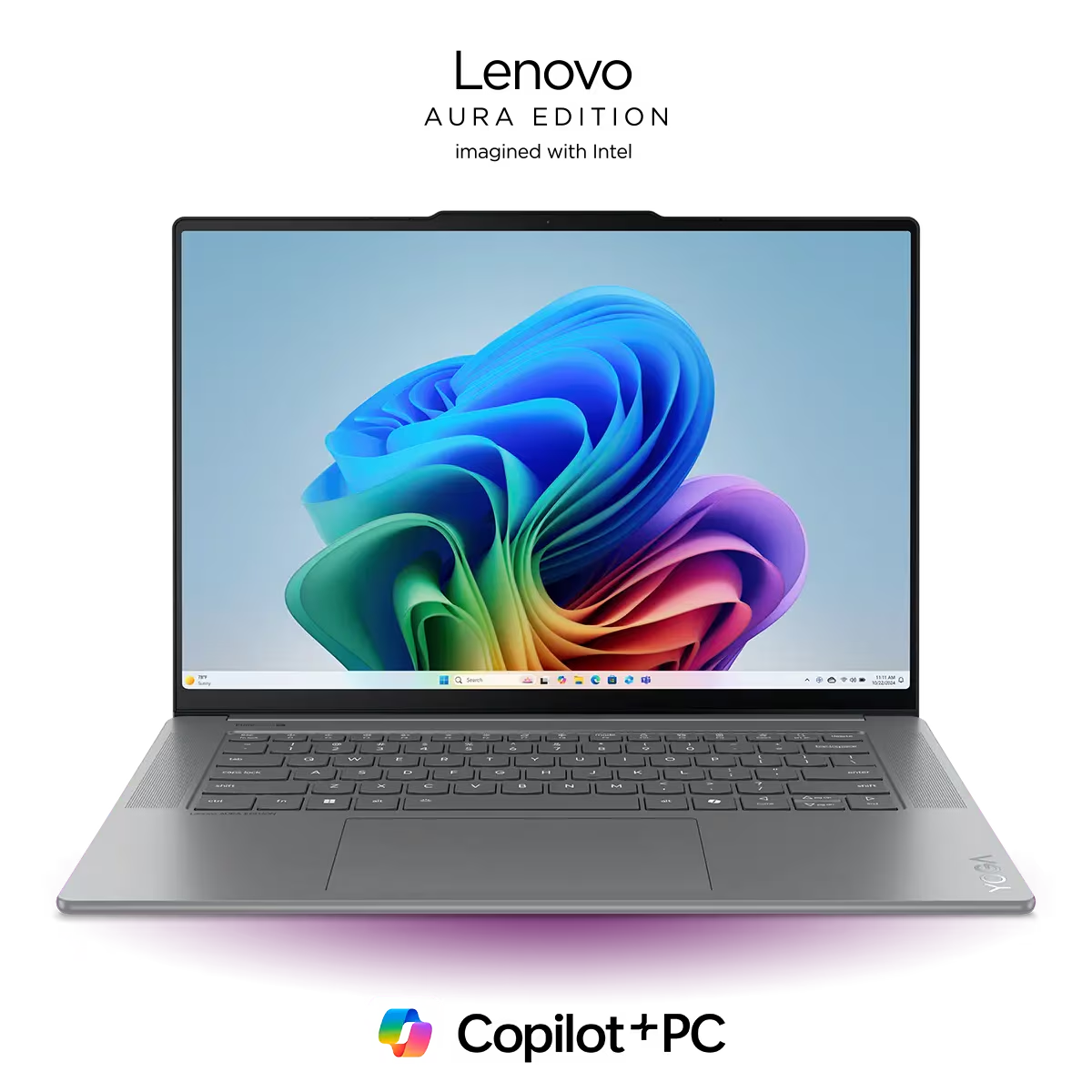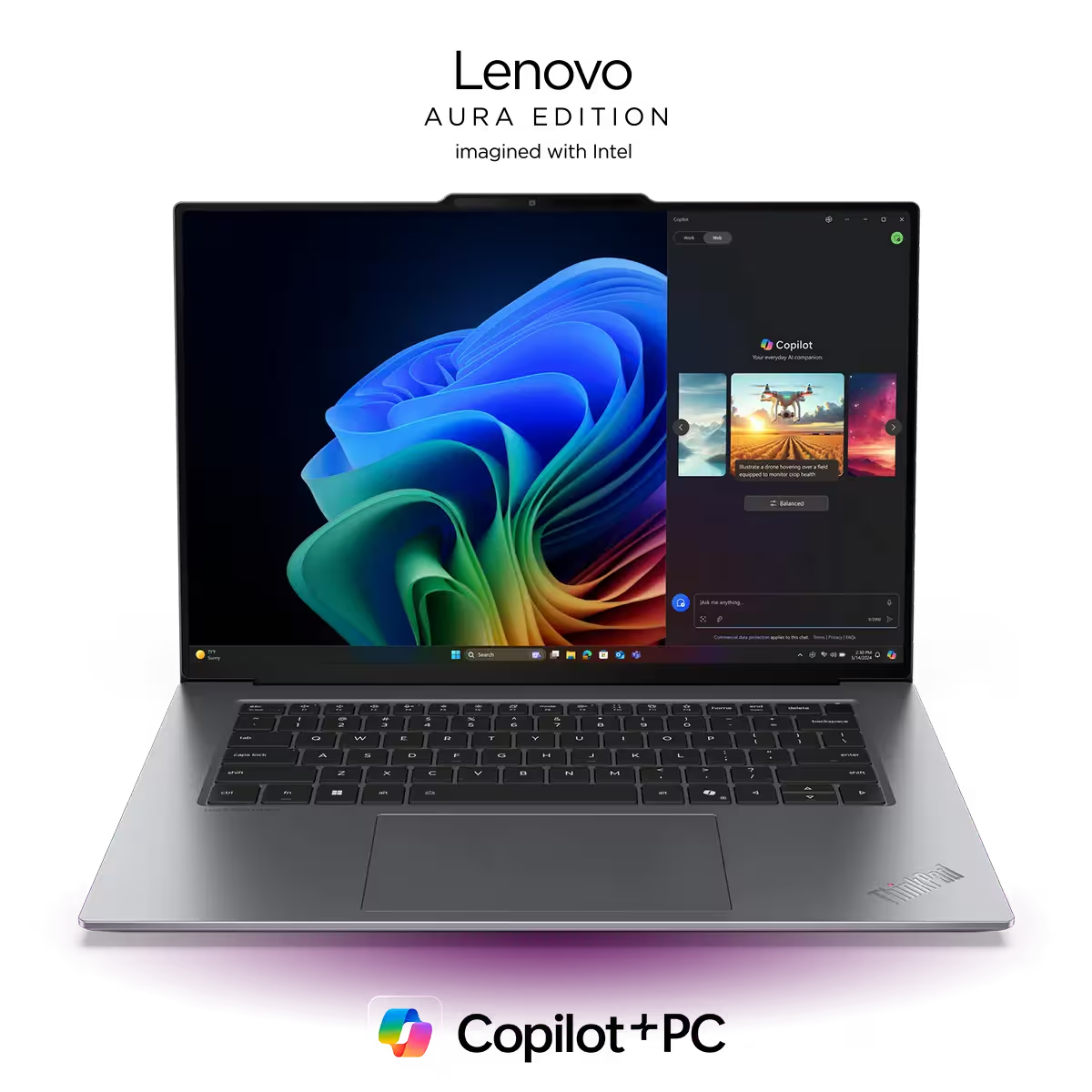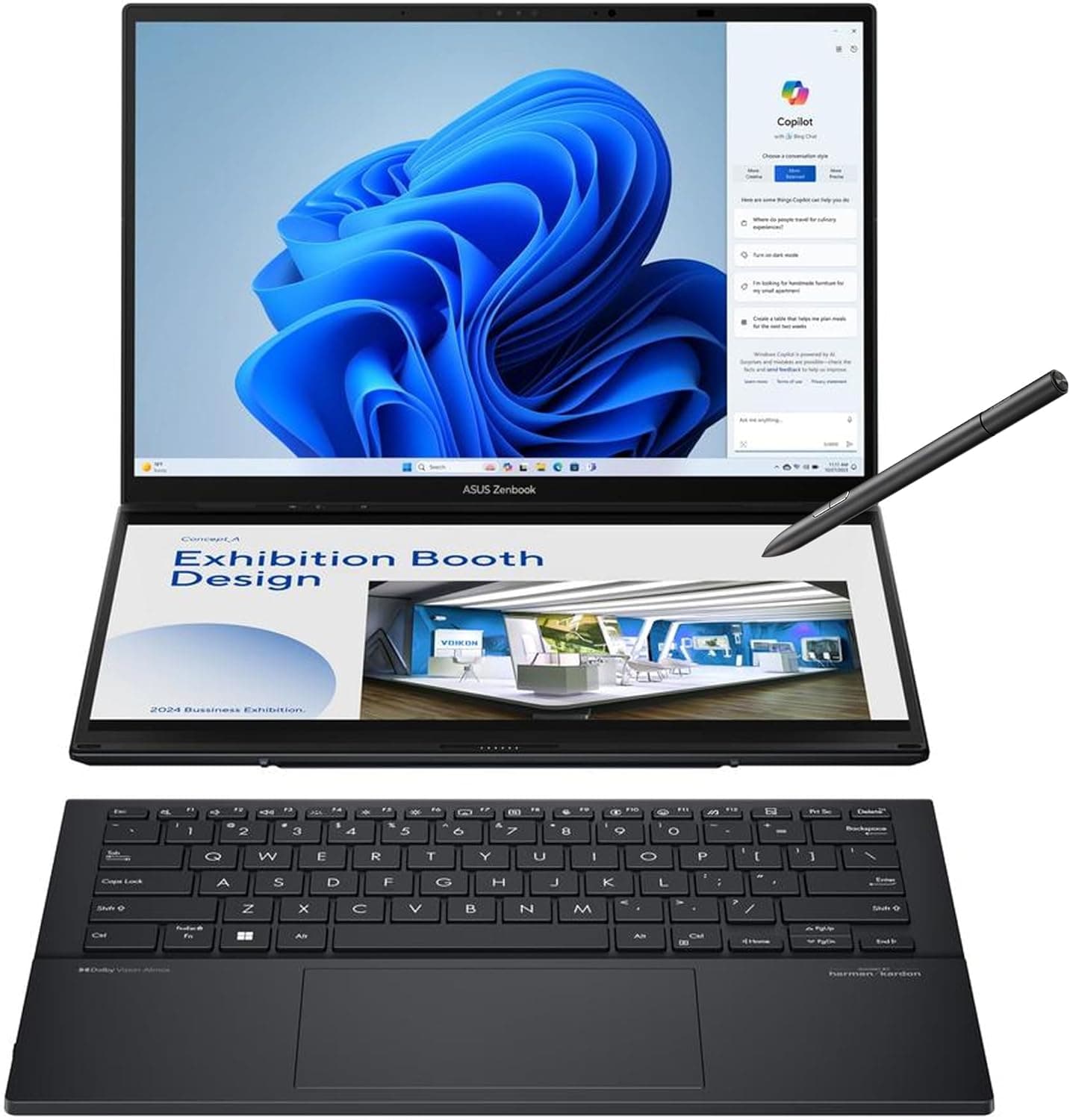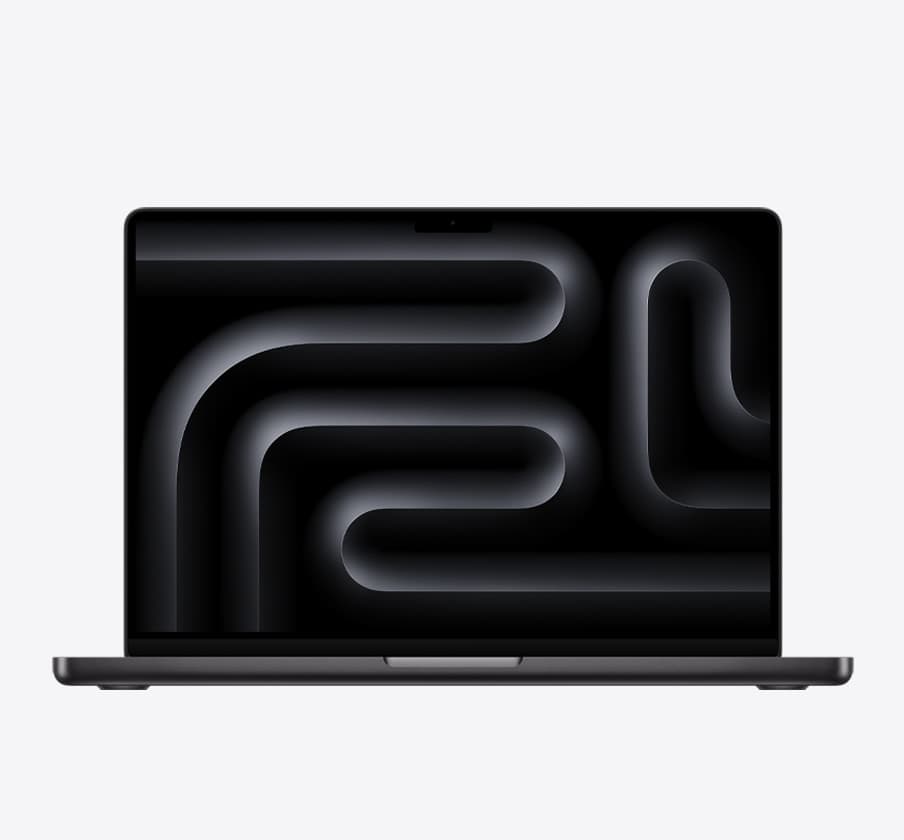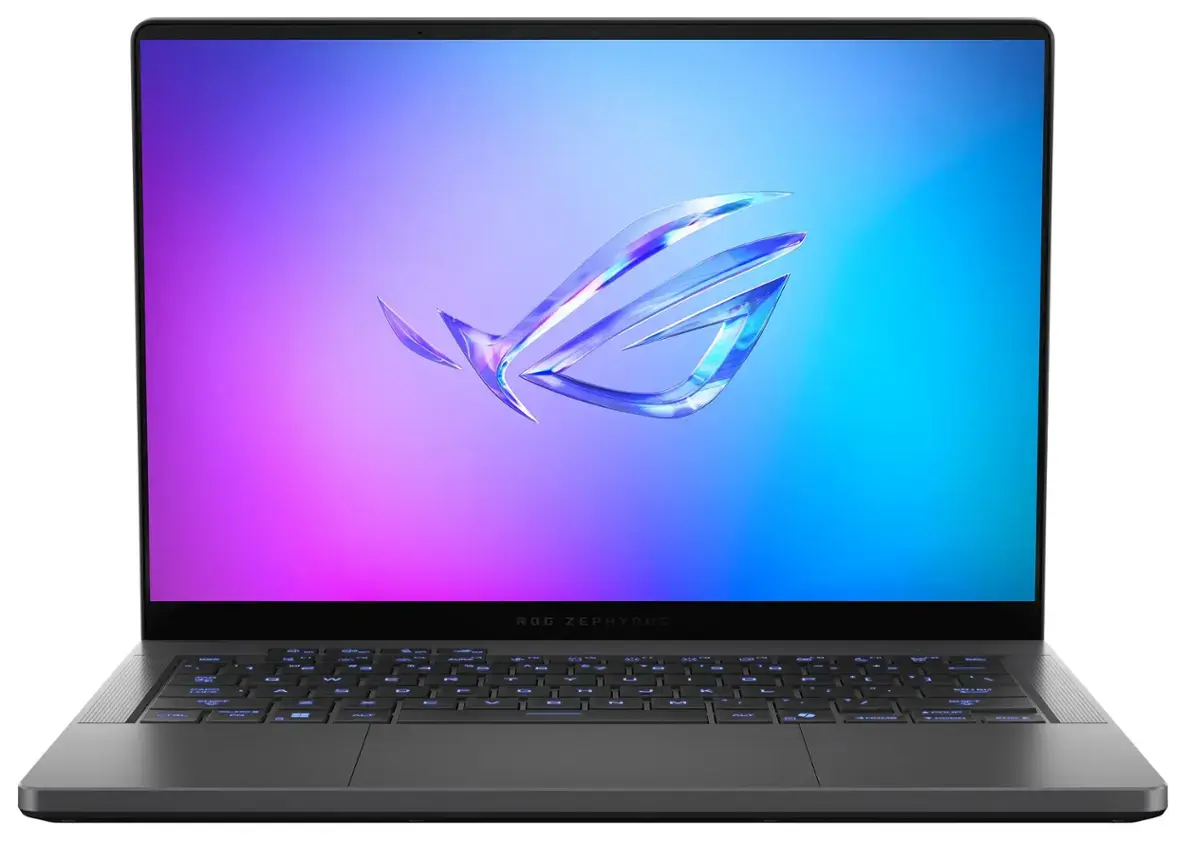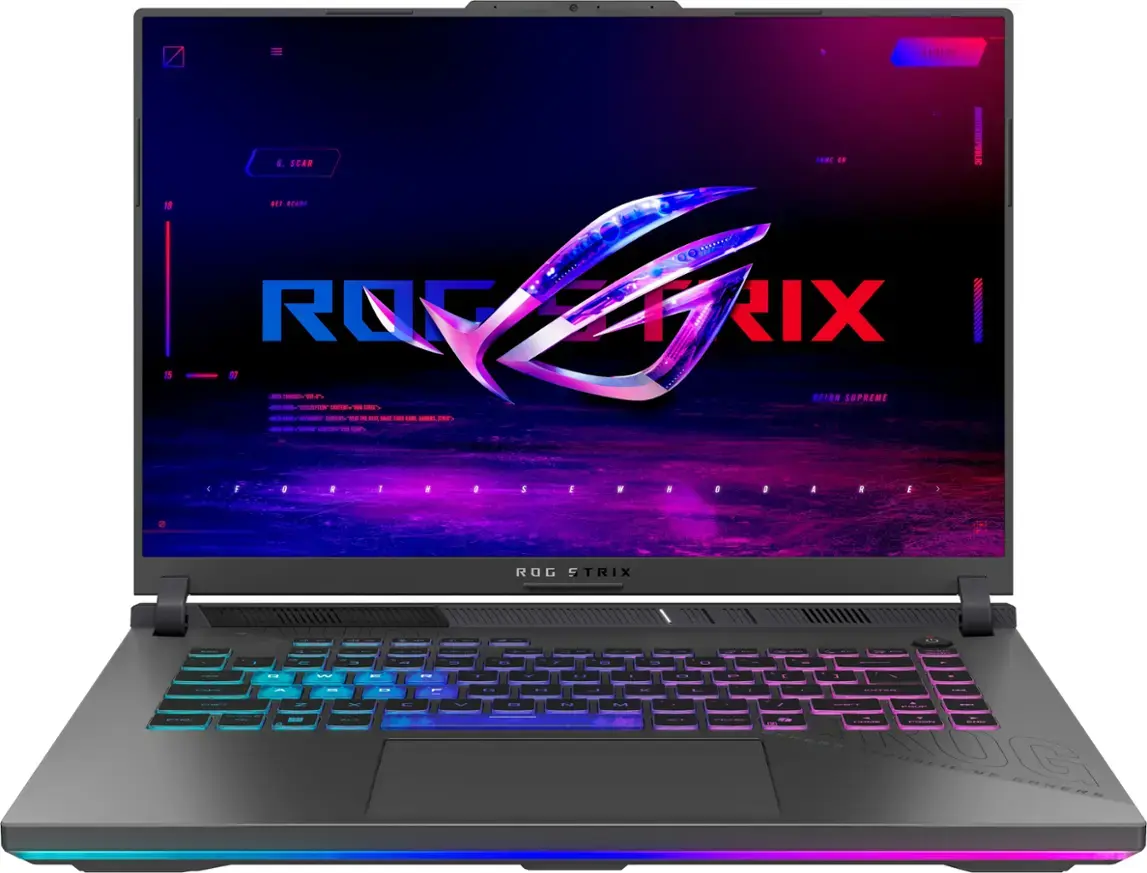Best Laptops for Data Science, AI & Machine Learning Students in 2025
August 12, 2025
|
Best Laptops for Data Science Students
Summary
In this guide, we’ll go through the top laptops for Data Science and AI/ML students in 2025.
Table of contents:
Laptops in this Article
16 Inches | 1 TB | 32 GB | Core Ultra 9 275HX | RTX 5090
16 Inches | 1 TB | 16 GB | Core Ultra 7 255H | RTX 5050
On Sale
Good Deal
18 Inches | 1 TB | 32 GB | Core Ultra 9 275HX | RTX 5070 Ti
What to Look for in an AI/ML Laptop
Before diving into the recommendations, here’s what matters most for AI/ML workloads:
- NVIDIA GPU with CUDA support – Most AI frameworks (TensorFlow, PyTorch, RAPIDS) are optimized for CUDA acceleration. Aim for at least 8GB of VRAM for prototyping; 12GB or more if you run medium-sized models locally.
- High VRAM for Large Models – The bigger the VRAM, the larger the datasets/models you can train without memory bottlenecks.
- Powerful CPU – Multi-core performance matters for preprocessing data and running CPU-heavy tasks.
- 32GB RAM or More – AI workloads benefit from plenty of system memory, especially for large data handling.
- Fast Storage (NVMe SSD) – For fast dataset loading and model checkpoint saving.
- Thermals & Portability – A machine that throttles under load will hurt productivity. Look for strong cooling solutions. You may also want a reasonable weight if you travel often.
Best Laptops Without Dedicated GPUs (Great for Lightweight AI Workloads)
If most of your heavy lifting is on remote servers or cloud GPUs, these laptops excel at portability, battery life, and small-model inference.
15 Inches | 1 TB | 16 GB | Core Ultra 7 256V
Pros
- Solid battery life
- No heat or fan noise
- Good port selection
- 30W Power draw makes it a more powerful Lunar Lake laptop
- Very large display for its weight
- Intel's new Lunar Lake processor
Cons
- Processor underperforms in Multi-core
- Not all models have an OLED display
- Laptop looks dated and feels cheap compared to the Slim 7x
- Trackpad is cheap for a laptop at this price point
On Sale
On Sale
- Intel Lunar Lake CPU
- Large, bright display for code and dashboards
- Excellent battery life
- Ideal for professionals who do local prototyping occasionally but mostly rely on remote infrastructure.
15.3 Inches | 1 TB | 32 GB | Core Ultra 7 258V
Pros
- Fantastic 4k Webcam
- Great screen options
- Effective anti-reflective coating on the display
- Accurate haptic trackpad
- Great speakers
- Good port placement
Cons
- Missing the red Trackpoint
- Pricey
- Port selection is limited
- Its performance is at the lower end for similar laptops
On Sale
- Premium OLED display
- Industry-leading keyboard and build quality
- Perfect for AI engineers who value ergonomics and display clarity during long coding sessions.
Best Mid-Range AI/ML Laptops (Balanced Performance)
For students who occasionally train small-to-medium deep learning models locally, these laptops offer strong CPUs and entry-level to mid-range integrated GPUs. Some even offer the option of dedicated graphics.
16 Inches | 1 TB | 16 GB | Core Ultra 7 255H | RTX 5050
Pros
- High Performance Components
- Available with Dedicated GPU
- Offers Great Value
- No Major Drawbacks - Everything is Good Enough to Great
- Surprisingly Portable for a 16inch Performance Machine
Cons
- Display's color gamut is not wide enough for professional color work
- GPU doesn't perform as fast as it does in larger laptops
On Sale
- Intel Arrow Lake H CPU
- Dedicated GPU configurations available
- Large screen with a comfortable keyboard
14 Inches | 1 TB | 32 GB | Core Ultra 9 285H
Pros
- Two high resolution 14-inch screens, great for multitasking
- Solid battery life
- Keyboard and laptop all fit together conveniently, rare for this form factor
- Performs well
Cons
- Form factor isn't for everyone
- Keyboard is low travel due to its design
- A bit on the pricier end
Best Price Ever
- Dual 14-inch OLED displays
- Intel Ultra 7 or Ultra 9 H-series CPU
- Perfect for multitasking—run Jupyter Notebook on one screen and TensorBoard/plots on the other.
14 Inches | 512 GB | 24 GB | M4 Pro 12-Core | M4 Pro 16-Core GPU
Pros
- Extremely Powerful
- Lots of Memory as Standard
- Minimal Fan Noise (If Any)
- Excellent Speakers
- Good Webcam
- Fantastic Display - High Resolution, Fast Refresh Rate, Bright
- Excellent Keyboard and Trackpad
- Extremely Power Efficient
- Long Battery Life
Cons
- Expensive
- No Wi-Fi 7
- M4 series chips offer exceptional CPU/NPU efficiency
- Best-in-class battery life
- Excellent option for professionals working in cross-platform environments or running optimized ML workflows in Apple’s Metal or on the cloud.
Mid-Range Performance AI/ML Laptops with Dedicated GPUs (For Local Model Training)
These laptops are geared for students who sometimes prototype locally or train medium-sized models without depending exclusively on remote clusters.
14 Inches | 1 TB | 32 GB | Core Ultra 9 285H | RTX 5070
Pros
- Premium feeling laptop
- Runs cooler and quieter than most 14inch gaming laptops
- Excellent keyboard
- Charges with just USB-C power
- Good OLED display
- Fantastic battery life
Cons
- GPU underperforms (its fed less wattage)
- Gets a little warm to the touch in extended performance use
- Trackpad feels a little cheap for a laptop this premium
- Intel Arrow Lake H CPU + RTX 5070 (up to 12GB VRAM)
- Compact 14-inch form factor
- USB-C charging support for better portability
- FYI: This GPU is fed less wattage than its peers so it underperforms
16 Inches | 1 TB | 32 GB | Core Ultra 9 285H | RTX 5070 Ti
Pros
- Fan noise is minimal for a gaming laptop
- Very light and portable for a powerful laptop with a 16 inch screen
- Display is great - OLED, Fast Refresh Rate, High Resolution, G Sync, Advanced Optimus
- Great speakers
- Batery life is good for a gaming laptop
Cons
- GPU does not run at full wattage. The RTX 5080 and 5090 models perform poorly. Get the 5070 Ti
- Keyboard doesn't feel as comfortable as the Razer Blade 16
- Webcam is grainy
Best Price Ever
- Ultra 9 Arrow Lake CPU + RTX 5070 Ti (12GB VRAM)
- Excellent thermals and battery life for a laptop with a dedicated GPU
- Lightweight yet powerful enough for multi-GPU simulation setups in the lab.
16 Inches | 1 TB | 32 GB | Ryzen 9 9955HX3D | RTX 5070 Ti
Pros
- AMD Ryzen 9 9955HX3D processor is fantastic
- Excellent GPU performance due to high wattage
- While gaming doesn't get overly warm or hot
- Upgradeable memory
Cons
- Thick laptop
- Slippery palm rest material
- Expensive when not on sale
- Blows warm air on the back left and right of the laptop
- AMD Ryzen 9 HX 3D CPU + Full-power RTX 5070 Ti option
- Exceptional raw performance for training models locally
- Best choice for professionals who prioritize compute over portability
16 Inches | 1 TB | 32 GB | Core Ultra 9 275HX | RTX 5060
- Intel HX CPU + different GPU options
- Balanced price-to-performance for CUDA-intensive workflows
- Good thermal headroom for sustained training loads
Best Performance AI/ML Laptops with Dedicated GPUs (For Local Model Training)
These laptops are geared for students who regularly prototype locally or train larger models.
16 Inches | 1 TB | 32 GB | Core Ultra 9 275HX | RTX 5090
Pros
- Cooling solution is impressive; minimal heat you feel
- Very little fan noise for a gaming laptop
- OLED screen is vivid with minimal screen door effect
- Keyboard RGB is stunning, color around the keys is unique to other gaming laptops
- Keyboard is comfortable to type on
Cons
- GPU performance is around the same as a laptop RTX 4090
- Sometimes feels laggy when unplugged
- Three different screen options are confusing, make sure yours is the right config when you go to buy
- Poor battery life
- Intel HX CPU + 5080/5090 options
- Strong cooling solution
- Reasonably portable
18 Inches | 1 TB | 32 GB | Core Ultra 9 275HX | RTX 5070 Ti
Pros
- Extremely powerful
- Feels premium
- Remains cool even during performance use
- Fan noise is minimal if used on Balance mode (95% of max performance)
- Thunderbolt 5, 2.5 Gbe, PCIE 5.0 SSD, SD Card Reader
Cons
- Heavy, almost 10 pounds
- Does not have an OELD or Miniled display
- Intel HX CPU + 5080/5090 options
- Phenomenal cooling solution
- Bulky and heavy, not very portable
Key Takeaways for AI/ML Students
- For heavy local training: Prioritize laptops with RTX 5070 Ti+ GPUs and 16GB+ VRAM.
- For mixed local/cloud work: RTX 5060–5070 laptops offer a strong balance of power and portability.
- For cloud-first workflows: Lightweight laptops with excellent CPUs, displays, and battery life (like the Yoga Slim or MacBook Pro) are ideal.
